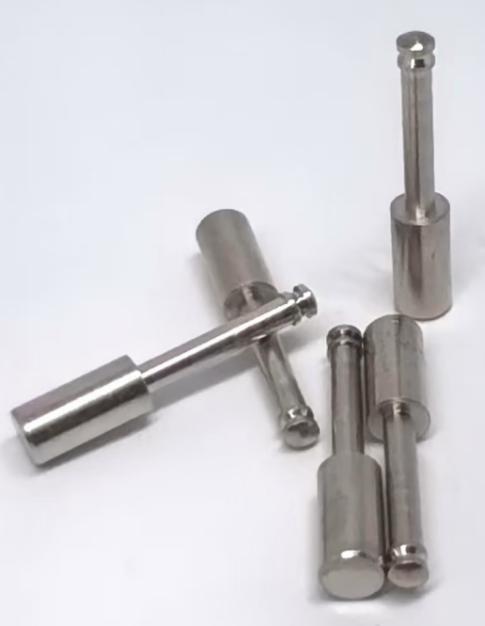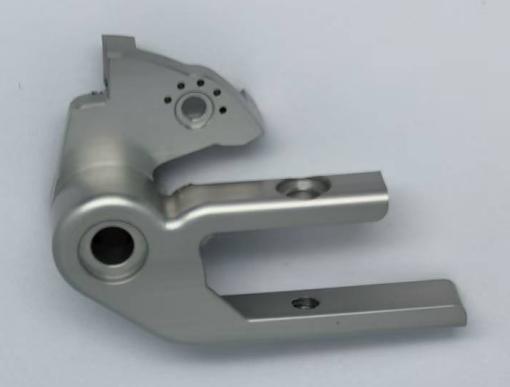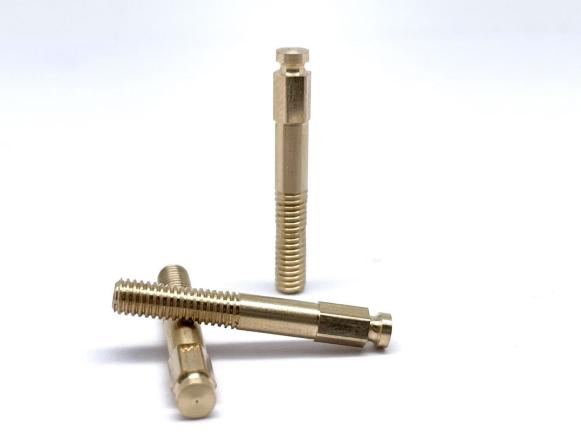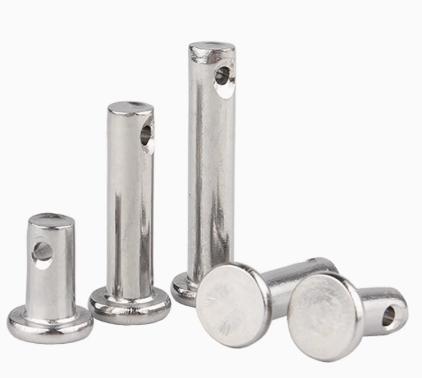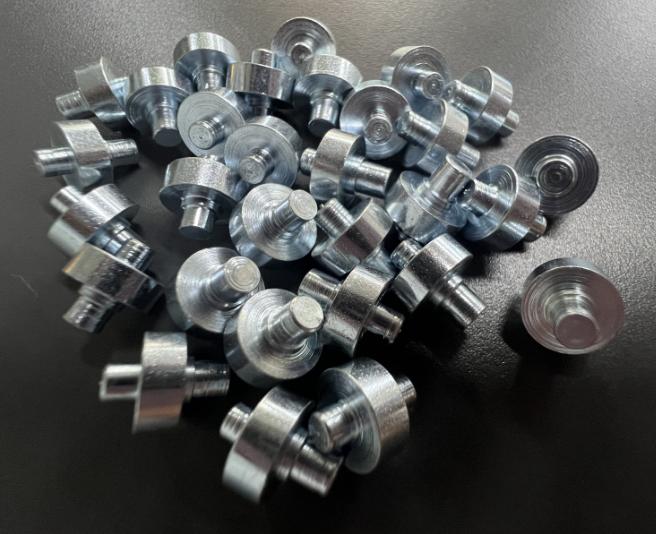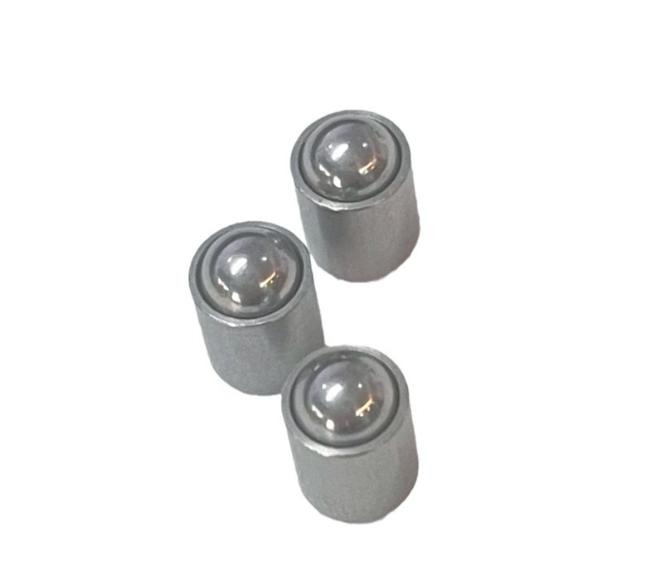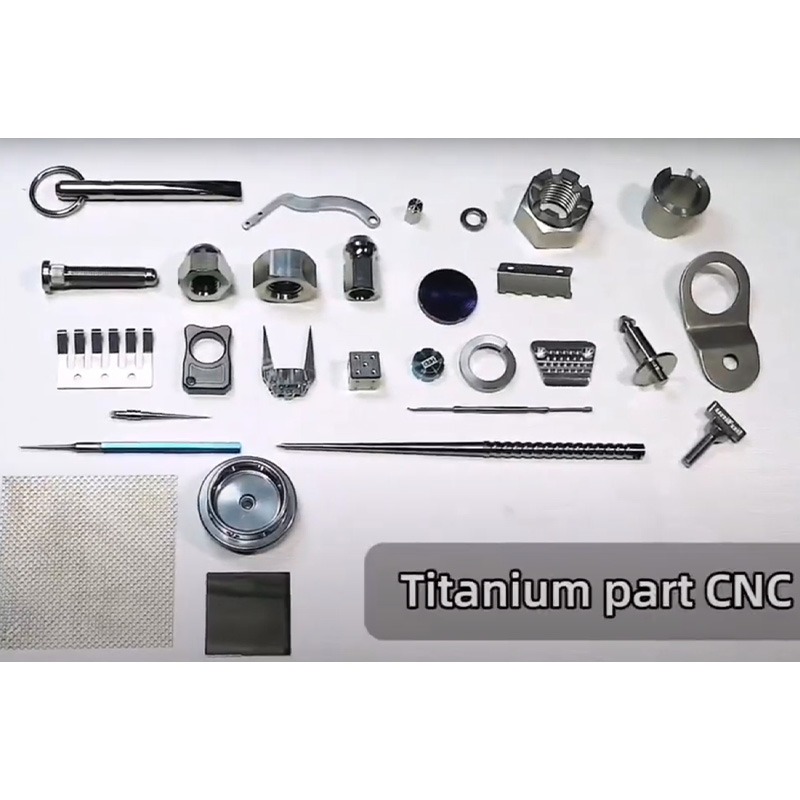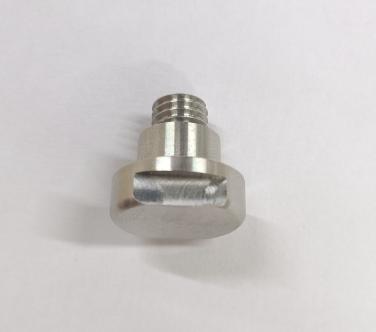CNC Precision Machining: 7 Key Points You Should Know
CNC precision machining has become an indispensable technology in modern manufacturing, producing high-precision and high-quality parts with great accuracy and reliability. Used widely across aerospace and medicine applications alike, its use ensures dimensional accuracy and reliability in engine components or surgical instruments; not to mention how technological advances allow complex parts production.
This article provides you with all of the essential knowledge to get you up and running with CNC precision machining services, plus how you can choose your provider wisely. Get set!
Table of Contents
Part 1. Understanding the Basics of CNC Precision Machining
CNC precision machining is a manufacturing method utilizing Computer Numeric Control (CNC) technology to perform cutting, milling, turning, drilling and other machining operations on metals and plastics with high precision. Machine tools use pre-programmed CNC codes to control themselves in automating these complex operations automatically for repeatability and consistency during manufacturing processes.
Comparable with traditional methods, CNC precision machining goes far beyond traditional machine processes in terms of its versatility; not limited only to simple shapes like straight lines and arcs but capable of accommodating complex surfaces as well as multi-axis simultaneous machining to produce precision parts with complex geometries and close tolerances.
Precision CNC machining stands out for its accuracy, tolerance requirements may reach +-0.005mm for aerospace, medical devices, semiconductors and precision instruments. Furthermore, this form of machining boasts superior surface finish tolerances as well as producing intricate shapes compared to traditional CNC methods.
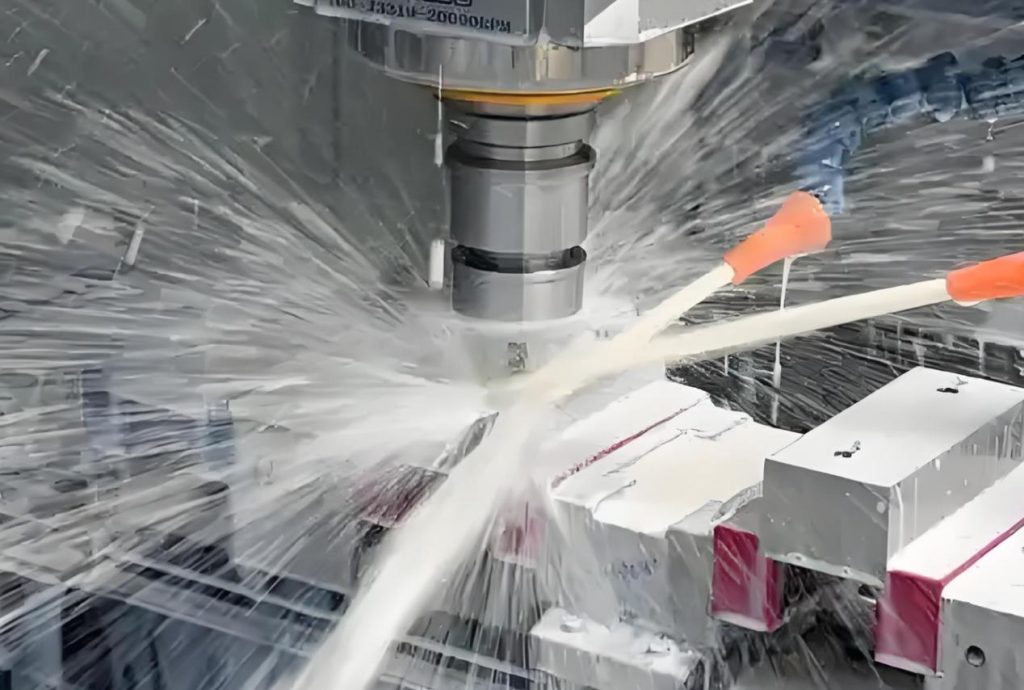
Common materials employed for CNC precision machining are:
- Aluminum – lightweight material known for its thermal conductivity that’s ideal for aerospace and automobile parts applications.
- Stainless Steel – corrosion resistant and widely used in medical devices and food processing equipment.
- Titanium – excellent heat resistance and strength properties; thus making it suitable for aerospace and medical implant use.
- Copper – excellent electrical conductivity and heat sink applications are therefore suitable.
- Engineering Plastics (POM, PEEK and PTFE) – Light weight yet wear-resistant engineering plastics used for precision mechanical components and electronics applications.
CNC precision machining’s inherent strengths include “high accuracy + high stability + high complexity”, making it the go-to method for producing components with stringent requirements in terms of size, performance and appearance.
Part 2. How CNC Precision Machining Work?
The following is a slightly more detailed, plain-English, step-by-step explanation of the typical process and equipment involved.
Workflow steps
Design & Programming
- Engineers create the part model and drawings with CAD and write toolpaths with CAM.
- The CAM software produces machine-specific G-code (post-processed NC code).
- Simulations and collision detection verify tool reach, holder clearance, step-over, feeds/speeds, and estimated cycle time.
- Good groups also verify DFM items (corner radii, tool access, thread specs) before they release the program.
Machine Setup
- Install the NC program into the CNC.
- Select and set cutting tools (length & diameter offsets), load into magazine/turret.
- Install workholding (vises, chucks, soft jaws, custom fixtures, vacuum pallets) and set work offsets (e.g., G54).
- Set coolant plan (flood, through-spindle, MQL) and ensure safety: dry-run / single-block close to the part zero.
- Optional on-machine probing (touch probes) defines workpiece position and automatically compensates tool length/wear.
Automated Machining
- The CNC executes the code to perform roughing and finishing: milling, turning, drilling, tapping, boring, reaming, etc.
- Multi-axis (4/5-axis) motions permit the tool to remain in optimum orientation on complex surfaces, without setups and stack-up of error.
- In-process monitoring (load, vibration) and adaptive control can modify feedrates; tool wear offsets maintain tolerances.
- Chips are flushed out with coolant/air; temperature control maintains sizes consistent on close-tolerance parts.
Inspection & Quality Control
- First-article and in-process inspections verify critical dimensions.
- Gaging instruments include CMM (coordinate measuring machine), height gauges, micrometers, bore gauges, pin gauges, and optical measurement.
- Reports may include FAI/PPAP, material certs, heat-treat/anodizing records, and SPC charts for capability (Cp/Cpk).
- Last inspection checks dimension tolerances (usually to ±0.005 mm or better when designated) and surface finish (e.g., Ra targets).
Note: Secondary operations such as deburring, bead blasting, anodizing, plating, passivation, heat treatment, or laser marking are requirement-dependent and subsequent to machining and are also regulated under the quality system (e.g., ISO 9001 / AS9100).
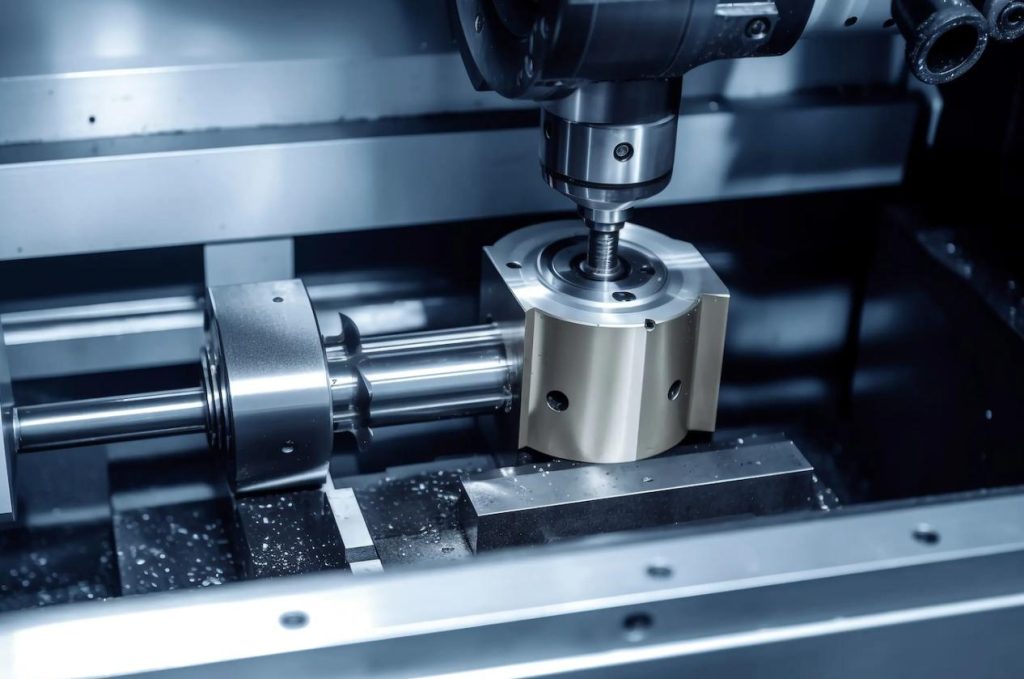
Standard Equipment of CNC Precision Machining
CNC Milling Machines (3-, 4-, and 5-axis)
Machined prismatic and freeform surfaces. 4-axis has rotary positioning; full 5-axis (or 3+2 positional) has complex geometries, reduced number of set-ups, and better surface quality.
CNC Lathes
Ideal for cylindrical in nature parts. Configurations are available for live tooling, Y-axis, sub-spindle, and bar feeders for complete machining of turned-milled attributes within one stroke.
Mill-Turn / Multi-Tasking Centers
Combine milling and turning with dual spindles and tool turrets; ideal for reducing fixtures, setups, and net error on complex parts.
Precision Grinders
Surface, cylindrical, and centerless grinders create ultra-tight tolerances and finer finishes on critical datums, bores, and bearing surfaces.
These elements, including robust programming, rigorous setup, regulated cutting, and rigorous inspection, come together to yield the accuracy, consistency, and surface finish required of CNC precision machining.
Part 3. Advantages of CNC Precision Machining
As a contrast to traditional machining methods, CNC precision machining offers a sequence of improved advantages that guarantee it is the most selected option in an enormous majority of high-demanding industries:
Unparalleled Accuracy
Tolerances range up to ±0.005mm or tighter and guarantee flawless fit and function in assembly.
Precision is critical in aerospace, medical devices, and semiconductors where performance can be influenced by a micron-level variation.
High Consistency
CNC machining is controlled by program, and therefore every part within a production run is made to the same tolerance.
Consistency is especially beneficial for high-volume orders and for parts that have to be exchangeable.
Capability for Complex Structures
Multiple-axis CNC machines (4-axis and 5-axis) can produce complex surfaces, deep cavities, undercuts, and unconventional geometries in just one setup.
By reducing the use of multiple fixtures, this approach helps minimize costs while also preventing dimensional errors from repeated repositioning and consequently errors.
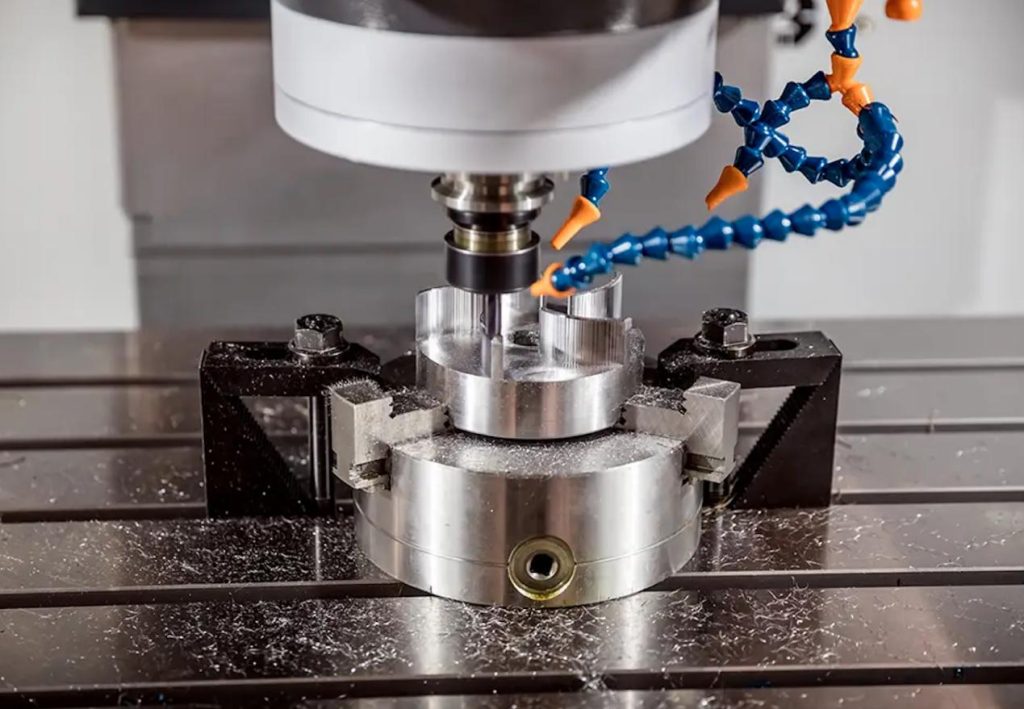
High Material Compatibility
Capable of machining a broad range of materials from lightweight aluminum alloys and heavy-duty stainless steels to hard titanium and other engineering plastics (POM, PEEK, PTFE, etc.).
This versatility allows businesses to meet different industries without having to alter the core process.
Improved Production Efficiency
Robust operation reduces human interference, thus decreasing the chance of human error.
Advanced tool changers, feeders, and probing units reduce cycle times and increase throughput for faster delivery times.
Better Surface Finish
Precision CNC machining generates smooth, burr-free surfaces with minimal secondary finishing operations needed.
It enhances the looks of the part and reduces wear on functional use, particularly on mating surfaces.
Part 4. Techniques for CNC Precision Machining
There are several methods employed in CNC precision machining depending on the part type, material, and required precision. Each process has unique advantages and unique applications:
| Technique | Description & Applications |
| CNC Milling | Uses whirring multi-flute cutters to remove material in chips, ideal for flat, curved surfaces, and grooves. Used primarily in aerospace components, molds, and precision equipment parts. |
| CNC Turning | The workpiece is rotated while the cutting tool remains stationary, ideal for cylindrical, conical, or disk-shaped workpieces. Used for shafts, sleeves, and discs in bulk orders. |
| 5-Axis Machining | Tool travels in five axes simultaneously, enabling sophisticated 3D surface machining. Essential for precision parts used in aerospace, medical devices, and the automotive industry. |
| CNC Drilling & Tapping | Makes precise holes and threads with uniform diameter and thread quality in mass production. Applied to electronic boxes, mechanical parts, and structural components. |
| Precision Grinding | Abrasive wheels operating at high speeds remove very small amounts of material, improving surface finish and tolerance dimension. Used on hard materials and parts requiring high surface quality specifications. |
| EDM (Electrical Discharge Machining) | Material is removed using controlled electrical discharges, performing optimally on hard metals and intricate shapes. Used extensively in mold-making and fine-feature cutting. |
In combination, these techniques can be utilized to maximize efficiency, maintain close tolerances, and meet the complex and customized requirements of various industries.
Part 5. Applications of CNC Precision Machining
CNC precision machining is an integral component of many high-precision manufacturing sectors, providing accurate results with exceptional consistency and finish that these industries demand. Due to its flexibility, it can produce components with complex geometries, tight tolerances, and dependability needs while remaining cost effective – major applications of this technique include:
Aerospace
It offers cutting edge manufacturing of engine blades, structural components, turbine parts and precise housings.
These devices must withstand extreme temperatures, extreme stress levels, vibration, while meeting stringent safety and performance criteria.
CNC multi-axis machining creates intricate aerodynamic surfaces with remarkable accuracy.
Automotive
Manufacturing of engine parts, transmission system components, brake system parts, and special performance parts.
High-precision machining ensures correct fitment and function, improving vehicle reliability, fuel economy, and safety.
CNC repeatability facilitates mass production with the same level of quality in thousands of pieces.
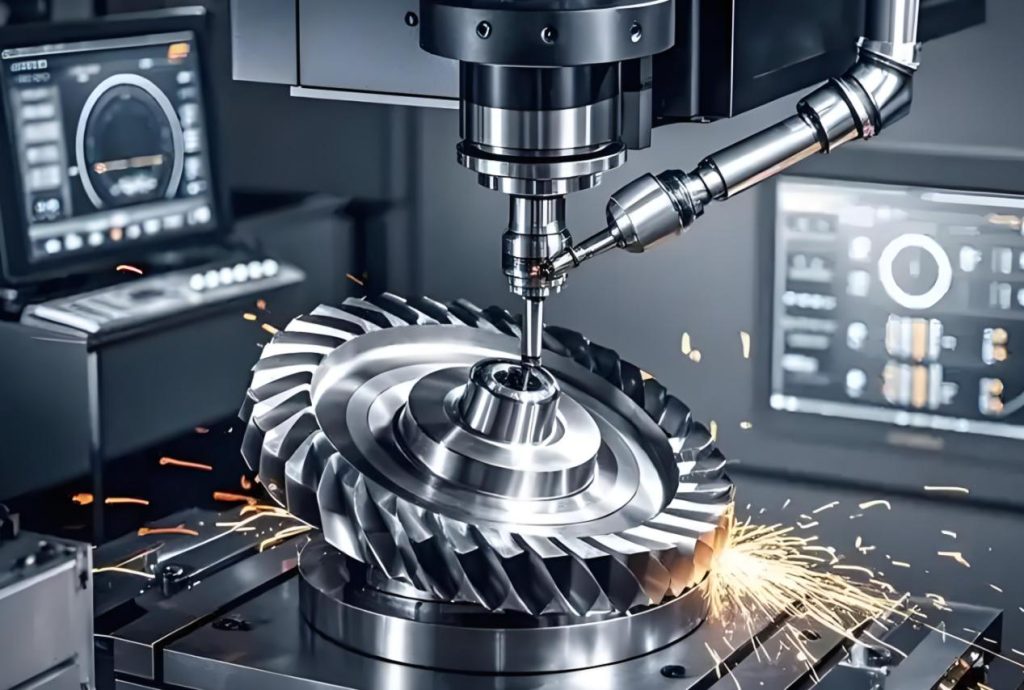
Medical Devices
Production of surgical instruments, orthopedic implants, dental components, and diagnostic equipment parts.
They may require biocompatible materials such as titanium or stainless steel with extremely smooth finishes to suit hygiene and patient safety standards.
Micrometer-level tolerance components can be produced by CNC precision machining in complex miniature parts.
Electronics
Production of smartphone covers, heat sinks, connectors, and precision enclosures.
With the trend towards smaller and more efficient devices, CNC machining offers miniature parts with excellent surface finishes and near dimensional control.
The process supports prototype creation and mass production for consumer electronics.
Industrial Equipment
Creation of high-precision molds, machine components, hydraulic components, and specialty tooling.
High precision delivers optimum performance and life for heavy-duty industrial application.
CNC machining versatility allows rapid manufacture of specialized components for repair, upgrading, or specialty projects.
Part 6. Choosing the Right CNC Precision Machining Service Provider
Selecting the right CNC machining partner is the secret to project success. The following are the most critical factors:
Equipment Capability
Ensure the provider has access to 3-axis, 4-axis, and 5-axis CNC equipment suitable for your part complexity.
Advanced multi-axis machines reduce setups, improve accuracy, and allow machining of complex shapes.
Precision Level
Verify whether the producer can make consistent tight tolerances, e.g., ±0.005mm, according to your specification.
Verify evidence of precision-measurement equipment and in-process inspection systems is present.
Quality Management
Verify quality management system certifications such as ISO 9001 or AS9100, showing conformity to standardized quality management systems.
Sound quality procedures ensure traceability, repeatability, and conformance to industry standards.
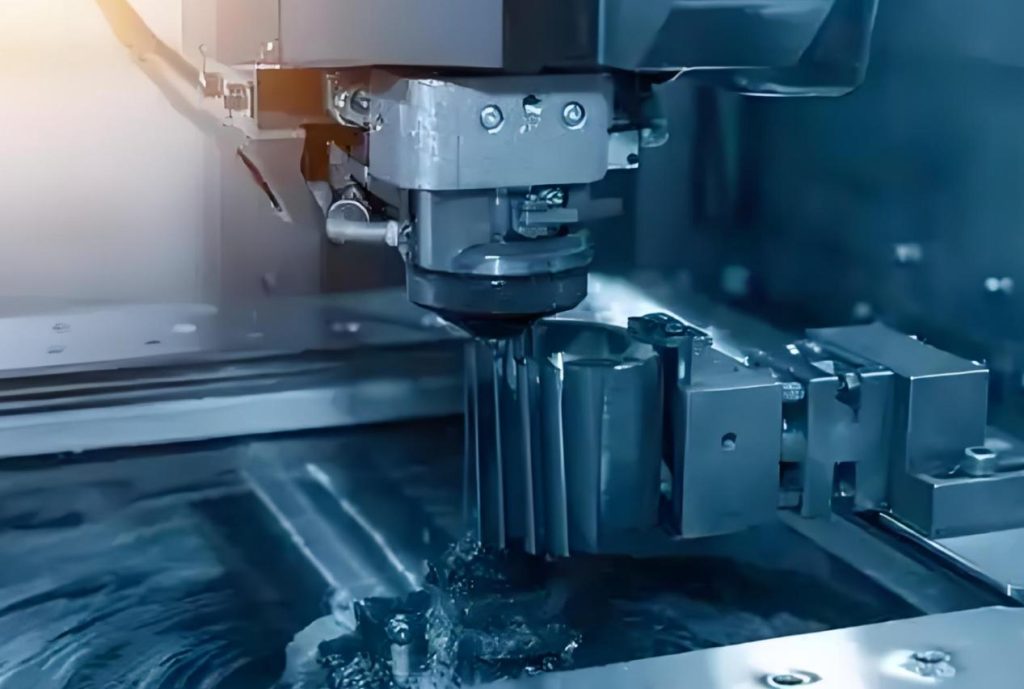
Material Processing Experience
Judge whether the supplier has machined a wide range of materials, including aluminum, stainless steel, titanium, copper, and engineering plastics.
Understanding material-specific issues (e.g., hardness, thermal expansion, surface finish) equates to improved quality.
Delivery Capability
Review the supplier’s ability to go from prototype to full production on your timeline.
Regular scheduling and workflow control maintain delays low and project energy high.
Customer References and Case Studies
Look at past projects and client testimonials, especially in your industry, to guarantee the competence and reliability of the provider.
Experience with similar applications typically translates into smoother project delivery and fewer technical issues.
Through careful assessment of these aspects, you can select a CNC precision machining provider that offers high-quality, reliable, and timely results for your projects.
Part 7. How KENENG Can Help in CNC Precision Machining for You?
KENENG provides precision CNC machining of metal and plastic components, from prototyping to full scale production. Our capabilities are founded upon years of experience, cutting-edge equipment and stringent quality controls – the hallmarks of any successful business.
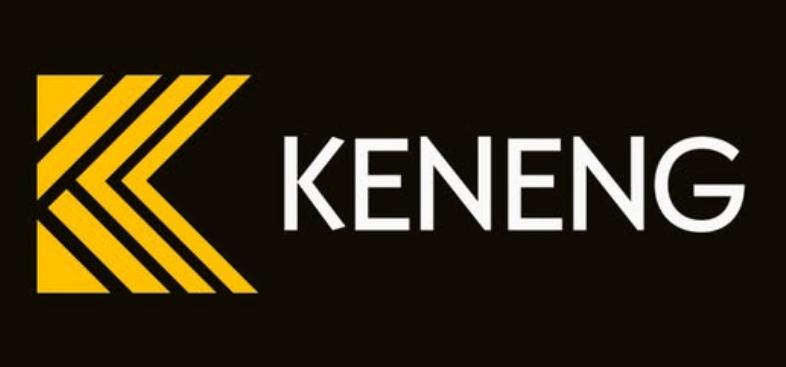
Advance Equipment: With access to 3-, 4-, and 5-axis CNC machines, we are capable of handling complex geometries and multi-axis machining in one setup – thus minimizing errors while increasing efficiency.
High Precision: Achievable tolerances down to ±0.005mm, with rigorous inspection using high-precision measurement tools to ensure every part meets specifications.
Material Range: Our machine shop regularly processes stainless steels, aerospace aluminum alloys, titanium, copper and brass alloys as well as engineering plastics – tailoring tooling and speeds accordingly for each substrate’s thermal and mechanical behaviour.
Accelerated Workflow: We respond with formal prices within one working day and offer acceleration options, with same-day production and 24- to 48-hour shipping available to reliably meet urgent timelines.
Proven Global Trust: OEM leaders like BBC, Xiaomi, Gree, Haier and BYD trust us with mission-critical components for their mission-critical products. Repeat orders show we meet stringent quality auditing and on-time delivery metrics.
KENENG’s strength lies in providing accurate, consistent and efficient CNC machining solutions tailored to meet the diverse industry requirements.
Summary
CNC precision machining not only represents the core process of manufacturing high-precision parts but also is a primary driving force behind the evolution of modern manufacturing. In aerospace, medical instrumentation, or premium electronics applications, CNC precision machining delivers steady, high-precision parts that meet even the toughest specifications.
If you need a reliable CNC machining partner, contact KENENG today. We stand behind and are ready to provide your projects with precise, effective, and competitively priced machining solutions.

